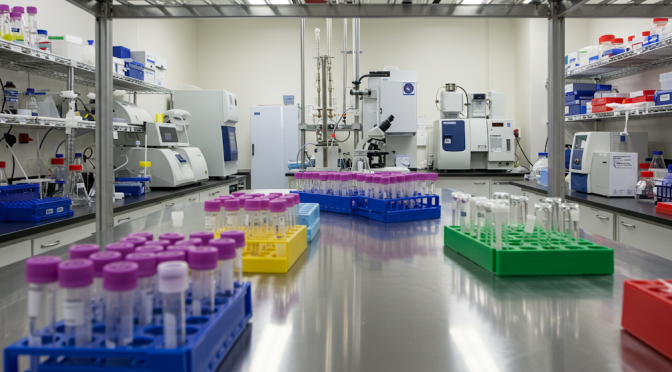The COVID-19 pandemic has left an indelible mark on human history, claiming millions of lives and disrupting the world’s economy. As we continue to navigate the complexities of this global health crisis, one question remains at the forefront of scientific inquiry: where did COVID-19 originate? While some theories point towards a Chinese laboratory as the source of the pandemic, the evidence is far from conclusive.
To understand the origins of COVID-19, it’s essential to delve into the early days of the outbreak. The first reported cases emerged in Wuhan, China, in December 2019. Initially, the focus was on an animal-source origin, with bats being considered as a possible natural reservoir for the virus. The World Health Organization (WHO), along with other international health organizations, has since concluded that the most likely origin of COVID-19 is from an animal source, with bats being a key candidate.
However, as the pandemic spread, conspiracy theories began to emerge suggesting that the virus might have originated from a Chinese laboratory. These claims often point to alleged “gain-of-function” experiments at the Wuhan Institute of Virology (WIV), which has faced scrutiny over its research activities related to coronaviruses.
While it’s essential to consider these alternative theories, the scientific community relies on rigorous testing, peer review, and replication before accepting new findings. As of now, there is no conclusive evidence to support a laboratory origin theory in China.
Investigations and Findings
The WHO, along with other international health organizations, has conducted extensive investigations into the origins of COVID-19. These efforts have involved:
- Field investigations: The WHO sent a team of experts to Wuhan, China, to investigate the early cases of pneumonia.
- Laboratory analysis: Scientists analyzed samples from patients and animals to determine the source of the virus.
- Review of records: Researchers examined hospital records, laboratory reports, and other documents to reconstruct the events surrounding the outbreak.
While these investigations have provided some clues about the origins of COVID-19, they have not uncovered conclusive evidence to support a laboratory origin theory.
Consequences of a Laboratory Origin
Even if a laboratory origin theory were proven true, the consequences would be far-reaching. The World Health Organization estimates that if COVID-19 had originated from an animal source, rather than a laboratory, the virus might have caused:
- Fewer than 100 cases: Scientists estimate that if COVID-19 had emerged naturally from an animal source, it would have likely caused fewer than 100 cases in humans before spreading globally.
- Limited transmission: The initial spread of COVID-19 was relatively rapid, but scientists predict that a natural emergence of the virus would have limited transmission, as people might not have been as contagious or mobile at the time.
In contrast, if COVID-19 had originated from a laboratory accident, the consequences could be catastrophic:
- Millions of cases: A laboratory origin theory suggests that the virus might have emerged through a gain-of-function experiment, which could have resulted in a more deadly and contagious strain.
- Global pandemic: The rapid spread of COVID-19 worldwide has already caused millions of cases and countless deaths. If the virus had originated from a laboratory accident, it’s possible that we might be facing an even greater global health crisis.
Conclusion
While the origins of COVID-19 are still unclear, there is no conclusive evidence to support a laboratory origin theory in China. As scientists continue to investigate the pandemic, it’s essential to rely on credible evidence and rigorous testing.
However, if a laboratory origin theory were proven true, the consequences would be devastating. It highlights the need for robust biosecurity measures and stringent regulations on scientific research involving pathogens.
As we navigate this global health crisis, it’s crucial to separate fact from fiction and prioritize evidence-based decision-making. Only by doing so can we hope to contain COVID-19 and build a more resilient healthcare system for the future.
